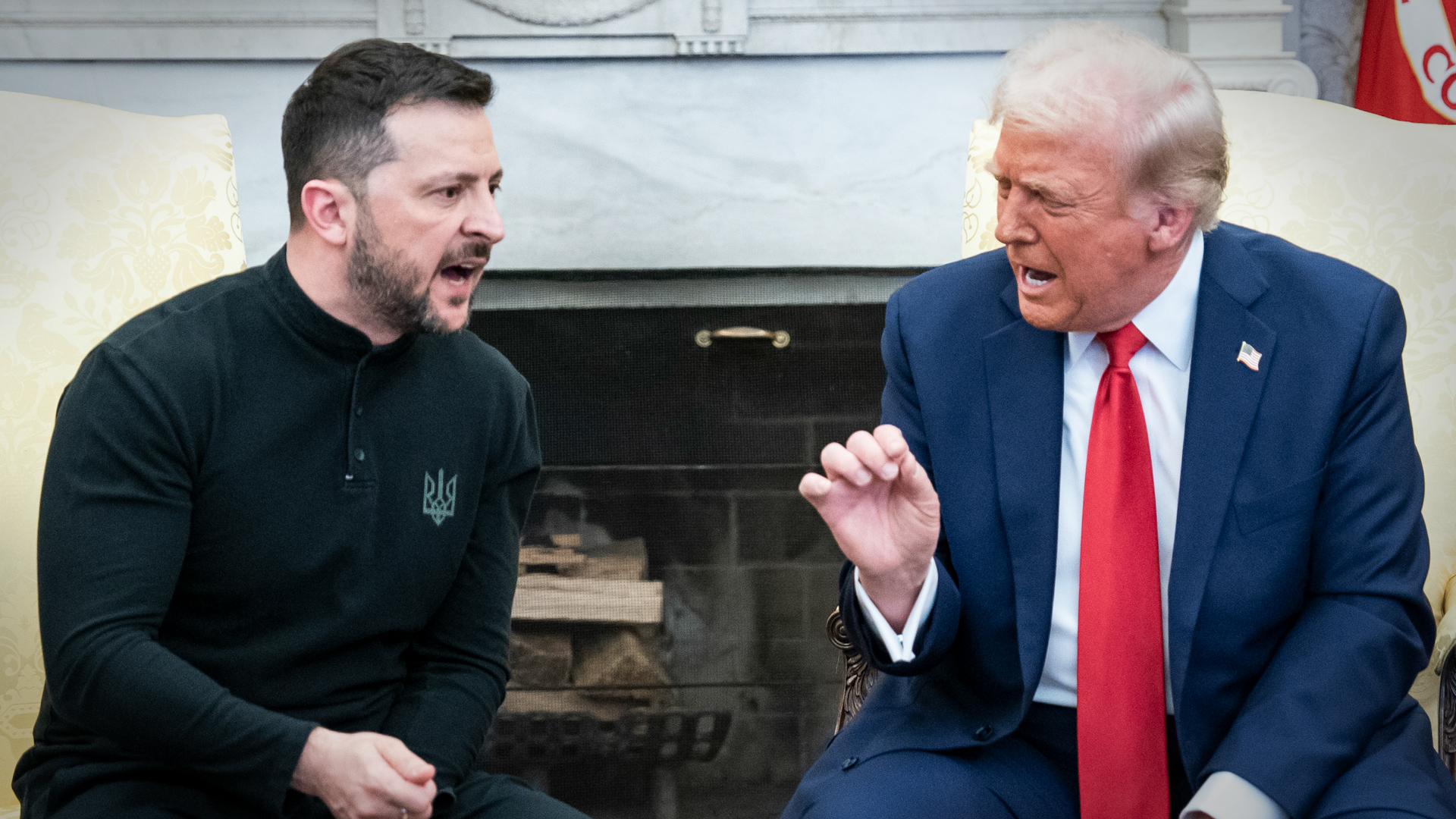In a significant diplomatic development, U.S. President Donald Trump and Ukrainian President Volodymyr Zelenskyy held a phone conversation on March 19, 2025, which resulted in a partial ceasefire agreement. This marks a potential turning point in the ongoing conflict between Ukraine and Russia, raising questions about the future of U.S. support for Ukraine and the broader implications for global security.
The Call and the Ceasefire Agreement
The phone call between Trump and Zelenskyy was described as “frank but very good,” reflecting a renewed effort to stabilize the situation in Ukraine. According to reports, Ukraine agreed to a partial ceasefire focusing on:
✅ Halting strikes on Ukrainian energy infrastructure.
✅ Reducing attacks on civilian targets.
This agreement follows months of escalating tensions and military confrontations, which had seen significant damage to Ukraine’s energy grid and civilian infrastructure. The ceasefire could provide some breathing room for Ukraine to rebuild and regroup while opening the door for further diplomatic solutions.
Background of Strained Relations
The Trump-Zelenskyy relationship has been strained in recent months. Three weeks prior to the call, a tense meeting at the White House resulted in Trump expressing frustration over Ukraine’s stance in peace negotiations. This led to:
❌ A temporary suspension of U.S. military aid.
❌ Reduced intelligence sharing between the U.S. and Ukraine.
However, the successful ceasefire agreement indicates that the U.S. may be recalibrating its approach, potentially signaling a renewed willingness to engage more actively in Ukraine’s defense and recovery.
Potential U.S. Support Moving Forward
1. Military Aid and Intelligence Sharing
While the U.S. had suspended some military aid following the diplomatic fallout, there are signs that this support could be reinstated. Trump has hinted at the possibility of resuming weapons shipments and intelligence cooperation if Ukraine demonstrates commitment to peace negotiations.
2. Strategic Nuclear Protection
In a surprising proposal, Trump suggested that the U.S. take ownership of Ukrainian nuclear power plants.
👉 This would mean that any attack on these facilities would be considered an attack on the U.S., effectively placing them under the U.S. nuclear security umbrella.
👉 While this proposal is still under discussion, it signals that the U.S. is considering stronger strategic involvement in Ukraine’s energy and defense infrastructure.
3. Economic and Energy Assistance
Securing Ukraine’s energy grid is a key priority. The U.S. is expected to provide financial and logistical support to help Ukraine repair damaged infrastructure and improve energy security. This includes investments in alternative energy sources to reduce dependence on Russian supplies.
European Reactions and Geopolitical Impact
European leaders have welcomed the ceasefire but remain cautious. The European Union has been actively supporting Ukraine through sanctions against Russia and financial aid packages. A stronger U.S.-Ukraine partnership could bolster European efforts and increase pressure on Russia to engage in more meaningful peace talks.
However, Russia’s reaction remains uncertain. President Vladimir Putin has not publicly responded to the ceasefire agreement, raising concerns that hostilities could resume if diplomatic progress stalls.
What This Means for Ukraine’s Future
The Trump-Zelenskyy call marks a potential turning point in the conflict, but significant challenges remain. Ukraine’s ability to secure lasting peace will depend on:
🔹 Continued U.S. and European support.
🔹 Russia’s willingness to engage in meaningful peace talks.
🔹 Ukraine’s internal political stability and military resilience.
The next few weeks will be crucial in determining whether the ceasefire holds and whether U.S. support translates into concrete military and economic assistance. For now, the diplomatic thaw signals that Ukraine is not alone — but the path to peace remains uncertain.
Conclusion
The Trump-Zelenskyy call has opened a new chapter in U.S.-Ukraine relations. While the partial ceasefire is a positive step, the future of U.S. support will depend on Ukraine’s diplomatic and military strategy. With growing pressure from both allies and adversaries, Ukraine’s leadership will need to navigate carefully to secure long-term peace and stability.
